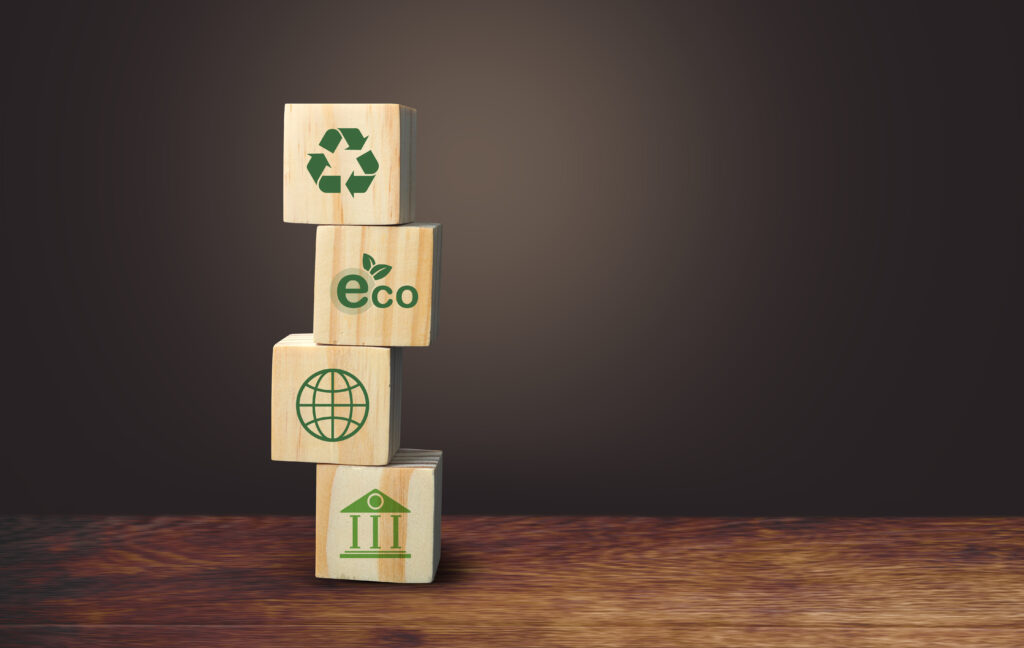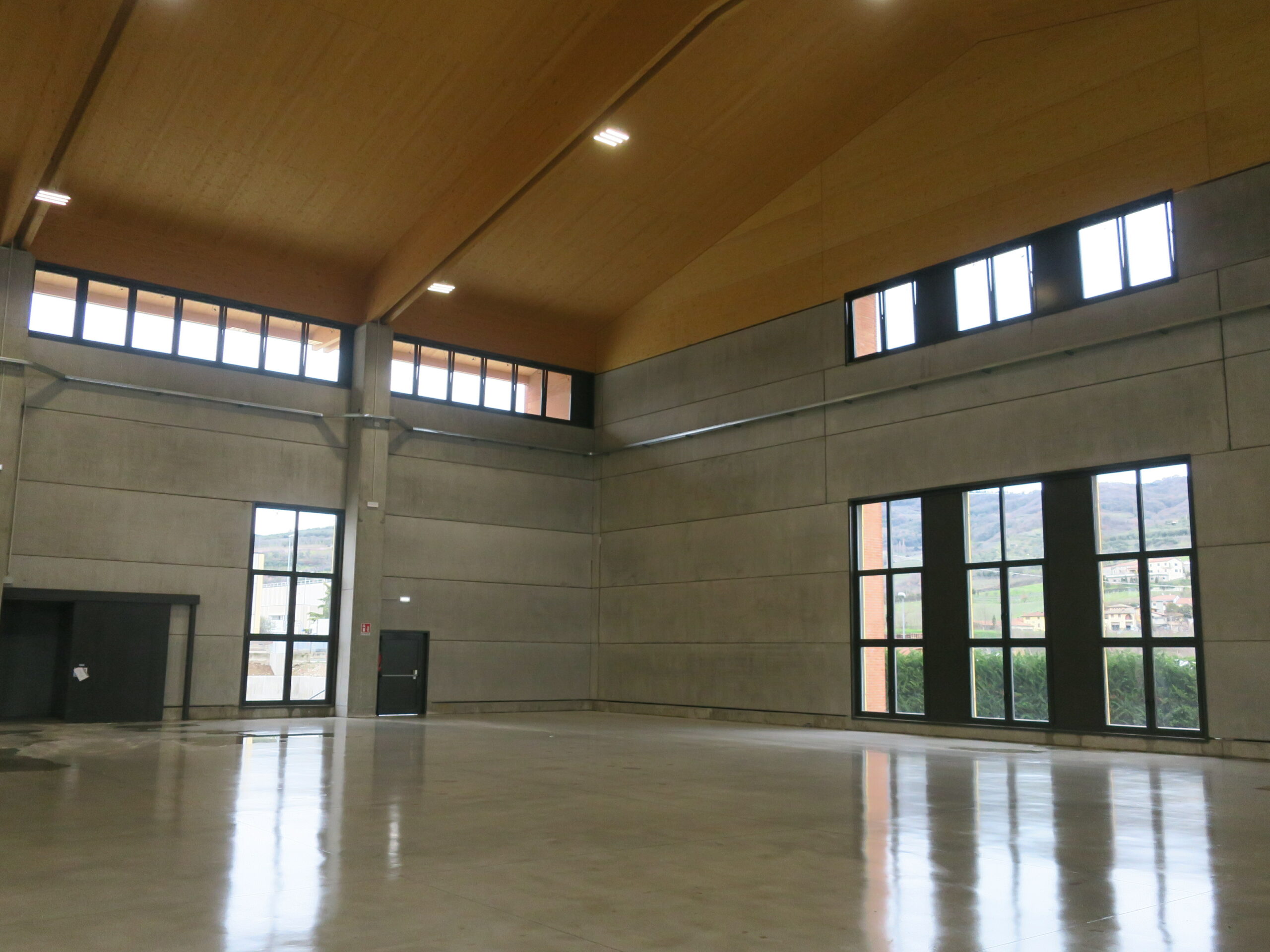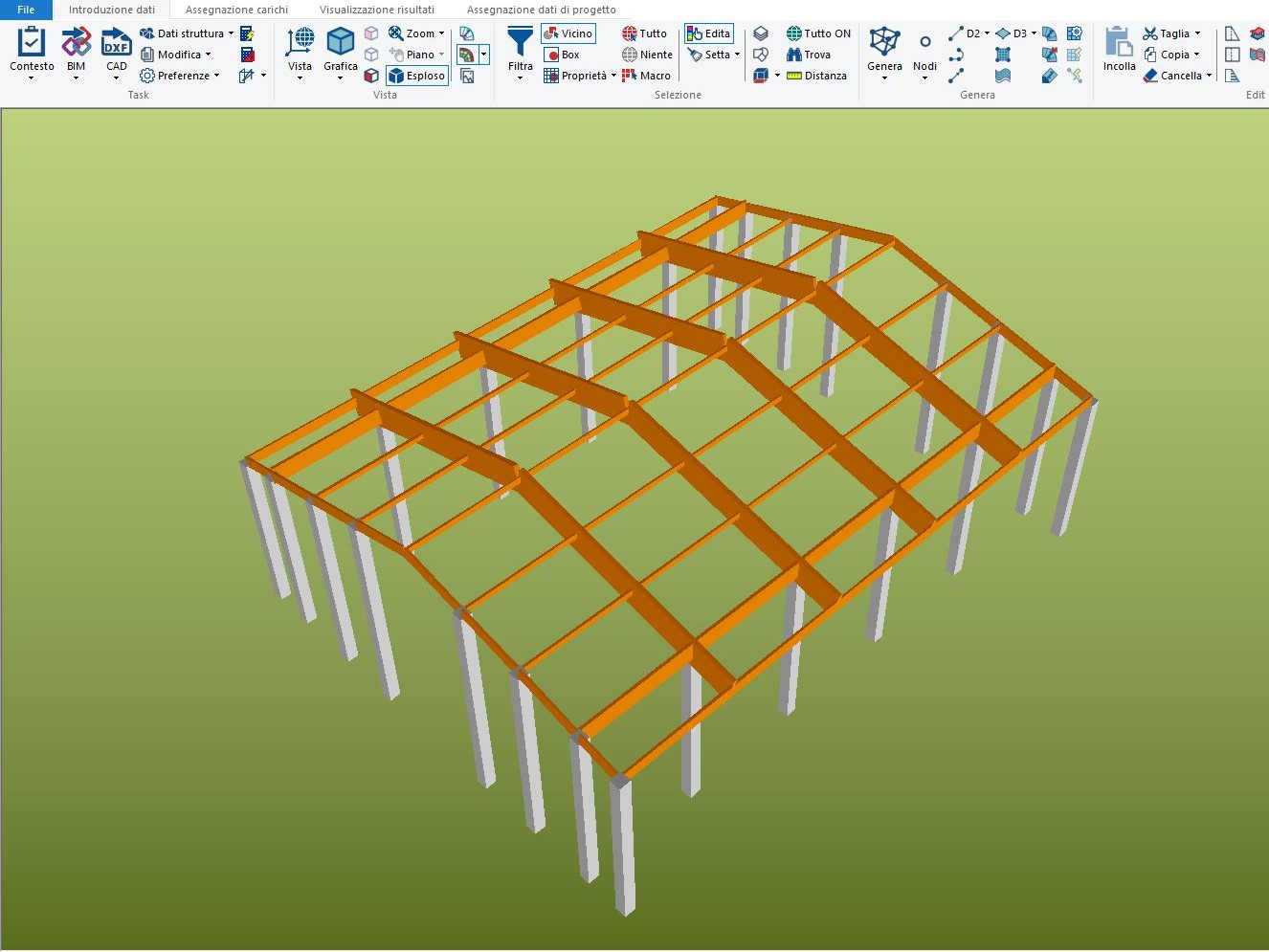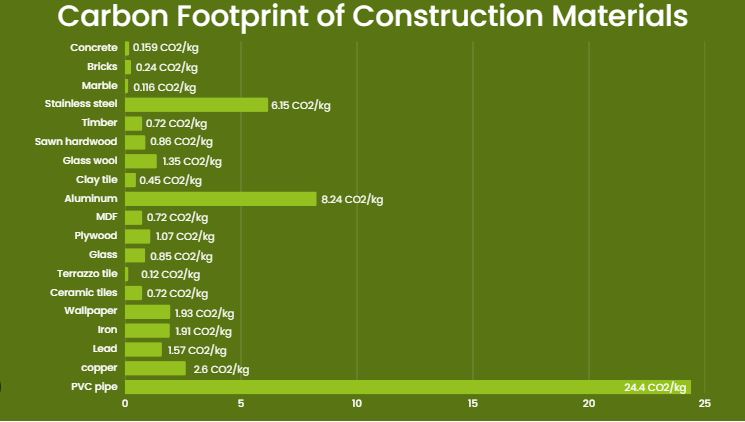The term literally translated means carbon footprint and stands for the amount of greenhouse gas emissions caused by products, services, companies, individuals, events etc.
We all have it and could calculate it, whenever we travel, move, buy and make choices this number increases or decreases according to the option we choose.
In the very current issue related to sustainability and the impact of choices on the health of our planet, it is important for companies to know this data in order to be able to comply not only with relevant regulations, but also to make conscious choices and actions to reduce their environmental footprint.
The carbon footprint parameter stands for the amount of carbon dioxide (CO2) emitted into the atmosphere by the element being considered, whether it is an individual, a company or an individual product.
The index resulting from the calculation evaluates l‘Environmental impact of choices and habits’ and is derived from An analysis of direct and indirect emissions, so the more accurate and specific the calculation, the greater the chance of obtaining a result that is relevant to making decisions about specific elements or areas on which to act to improve it.
Why is the carbon footprint useful?
Public administration, national and international bodies can quantify the impact of certain sector policies in addition to being able to assess the efficiency of their own facilities, existing and under construction.
In addition to this, the data is useful in terms of global planning to be able to monitor the demand for fossil fuels and go to action in time to curb the overexploitation of the world’s resources.
From a corporate perspective, the carbon footprint is not only useful for the reasons listed above, but can also provide benefits to enhance its environmental practices and socially sustainable activities. Goals related to carbon neutrality to offset and reduce emissions also bring numerous benefits from an economic perspective, just think of energy savings.

Carbon footprint and building decarbonization
Specifically, how do the principles of decarbonization apply to the construction sector?
Among the 2030 targets is an indication of achieving 27 percent of energy consumption from renewable sources and a 30 percent reduction in emissions from some sectors, including construction.
Decarbonization to reduce CO2 emissions results in theuse of carbon-free sources, such as renewable energy. However, it is not enough to take action on direct emissions; we also need to consider and make wise choices to reduce indirect emissions as well.
Challenges in the country are mainly on the existing built environment, which in most cases consists of buildings with many years of life behind them and low energy efficiency. Therefore, investments and policies that facilitate actions geared toward improving this are needed.
At the same time, construction related to the building of new structures will have to be increasingly focused on green and highly efficient buildings. This results in facilities that use clean energy both in construction and in actual use, on which the right life-cycle assessments have been made and consideration given to integrating them on an increasingly emission-conscious and demanding urban structure. Therefore, it is necessary to evaluate not only the design related to the individual building, but also the urban system in which it is to be inserted and in which it will fulfill its life cycle.
Id 11 is active in agribusiness building to reduce emissions
The overall goal of the project is to reduce the CO2 emissions embedded in the building, so all actions are directed toward energy conservation and paying special attention to the materials and products used.
There was an explicit focus on the use of recycled materials or otherwise materials designed with the goal of lowering the carbon footprint.

100% of the above-ground vertical load-bearing structure and load-bearing perimeter closure walls are made in the factory, reducing the number of on-site deliveries by 60% and creating less waste. This also made it possible to limit the number and stay of people on site as much as possible as an effective solution in terms of sustainable mobility.

To limit the load on the foundation, and thus decrease the size of the load-bearing structures, the roof of the building was made of structural wood: a renewable material from certified forests, where felling is compensated for through new plantings. Mineral and biological insulators such as rock wool, wood, and glass were used, avoiding petroleum-based products.
In general, low-emissive products and materials were used to ensure the quality of the indoor environment, such as paints and coatings with very low emission values of harmful chemicals.
Double chamber glazing was installed, all thermal bridges calculated and verified, air tightness designed, and results verified by special in-process testing. Windows were positioned to optimize maximum capture of solar radiation during the winter period, while a system of natural roof overhangs allows shading during the summer period.
The materials used and their carbon footprint
Sixty percent of the fill materials come from recycling, and 60 percent of the materials used are regionally sourced, mined and processed within a limited distance of the construction site so as to use local resources and reduce environmental impacts from transportation.

From the perspective of materials used, at least80 percent of them can be recycled through careful organization of processing, collection and storage of waste materials.
Stormwater falling within the property shall be conveyed by ensuring slow release into the drainage system to reduce the possibility of local flooding and ensure recharge of the water table as defined in the “Technical Implementation Standards Water Protection Plan.”
The innovative construction solutions used ensure a high-performance envelope in terms of energy consumption, guaranteeing workspaces with high flexibility being characterized by a strong dynamism due to the frequent need for changes in the interior layout.
If you are interested in exploring approaches and solutions to reduce your carbon footprint,
here
you can find information about our projects, practical tools, and useful resources for embarking on a path toward a more positive environmental impact. Every small gesture counts, and together we can make a difference for a greener, more sustainable world.





